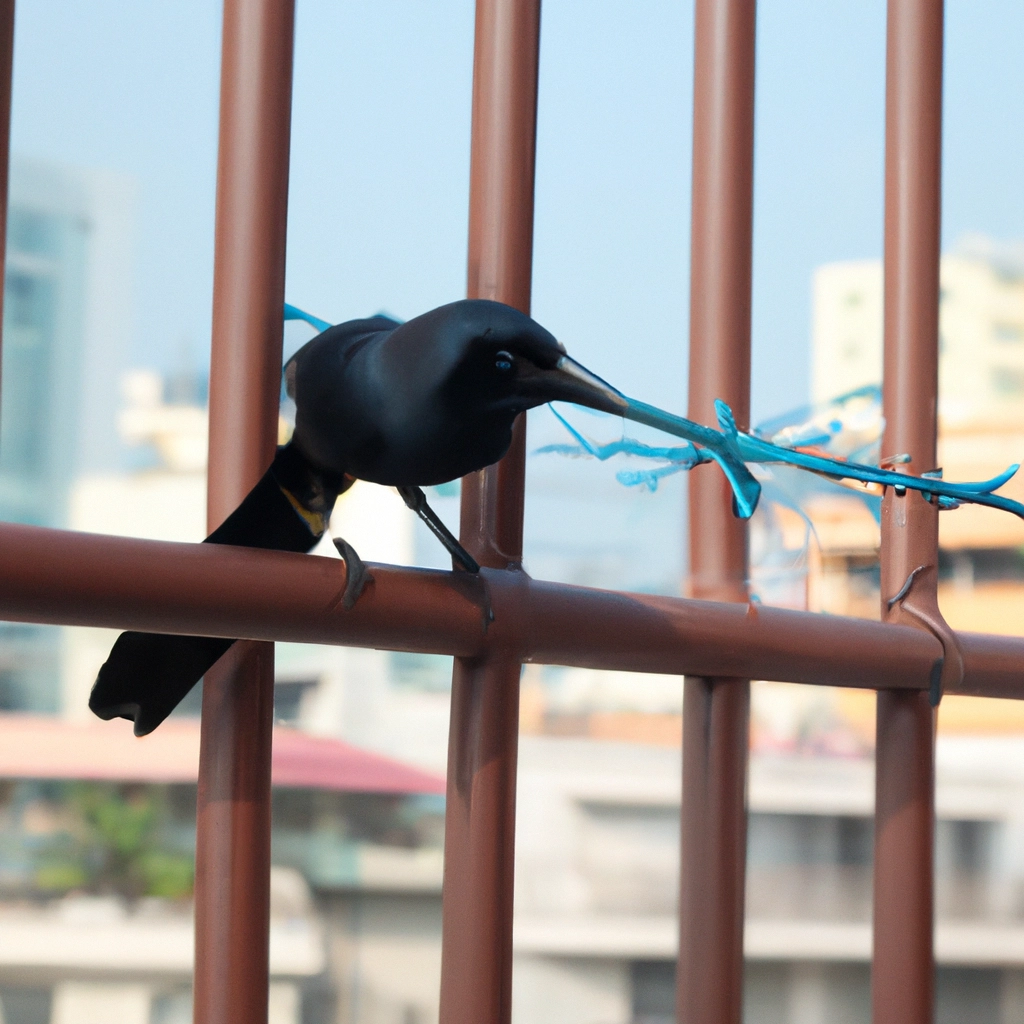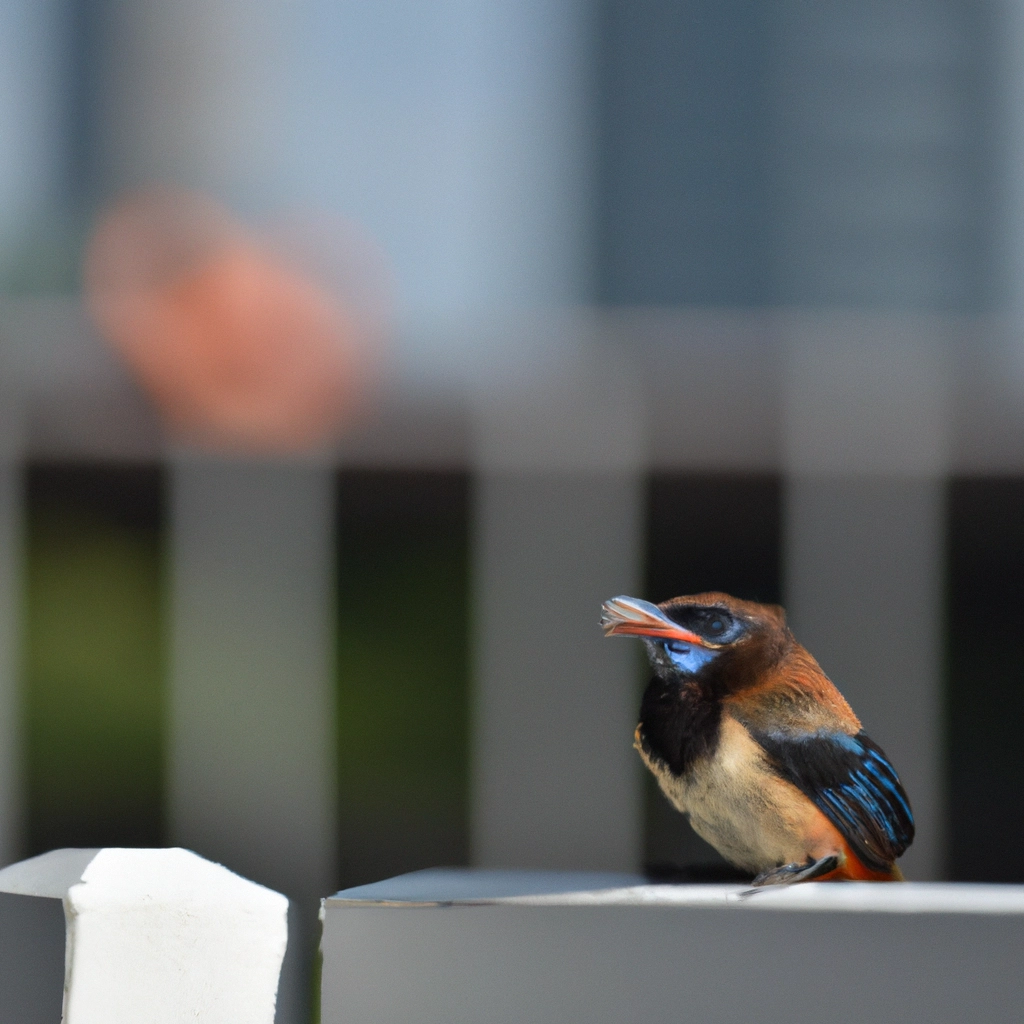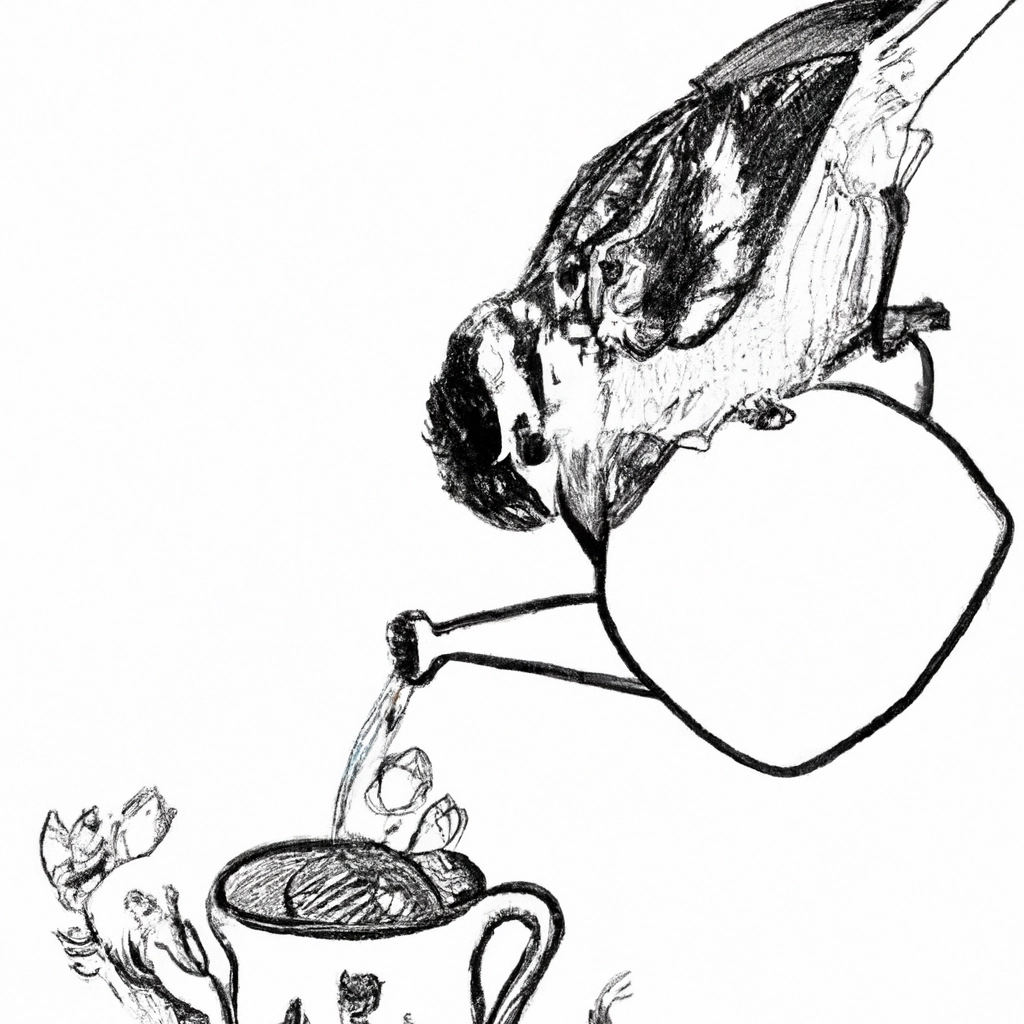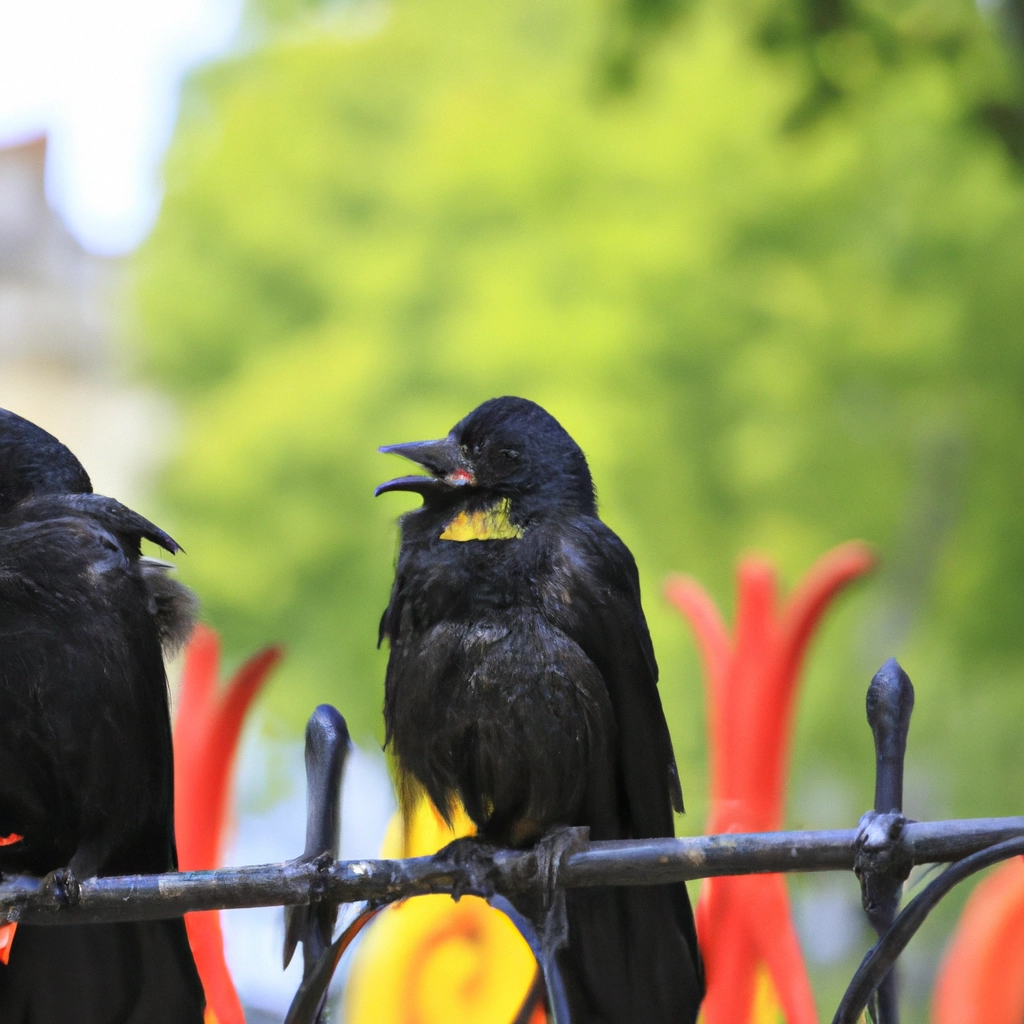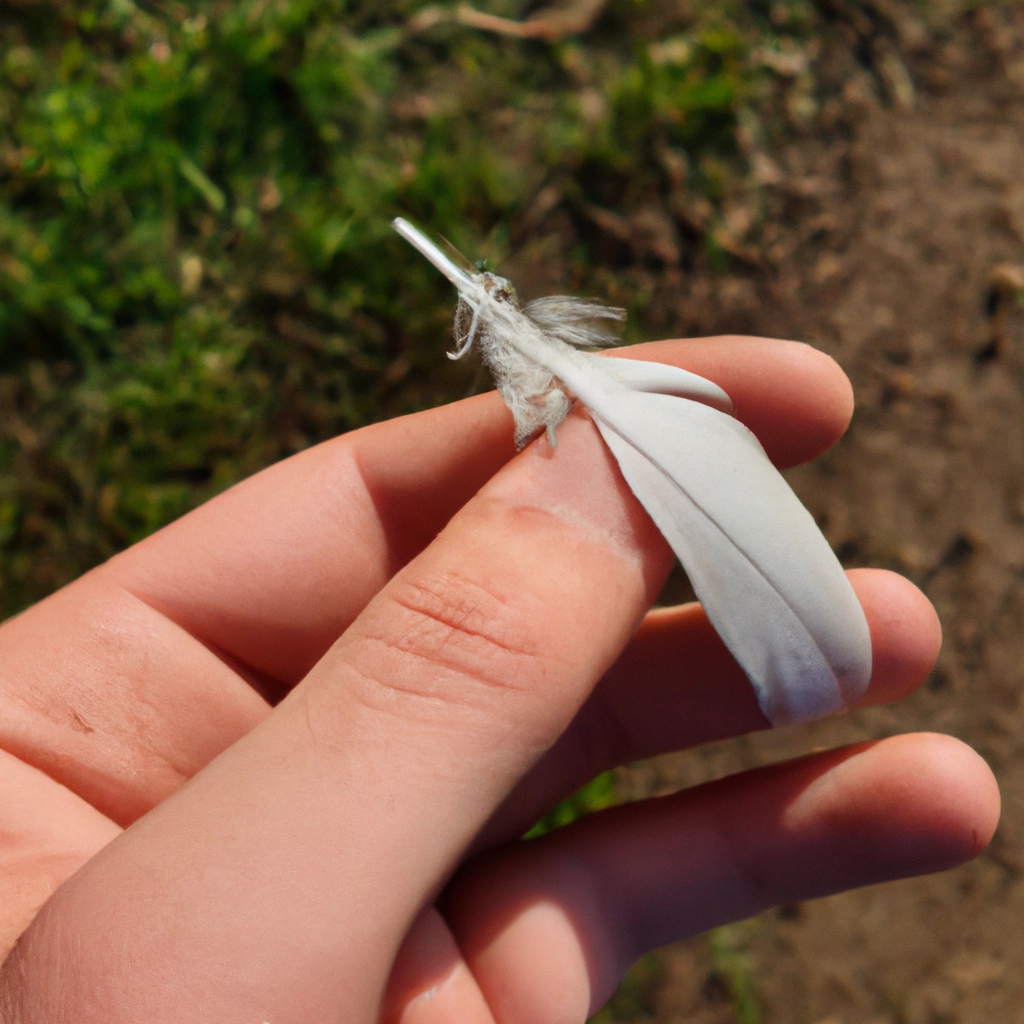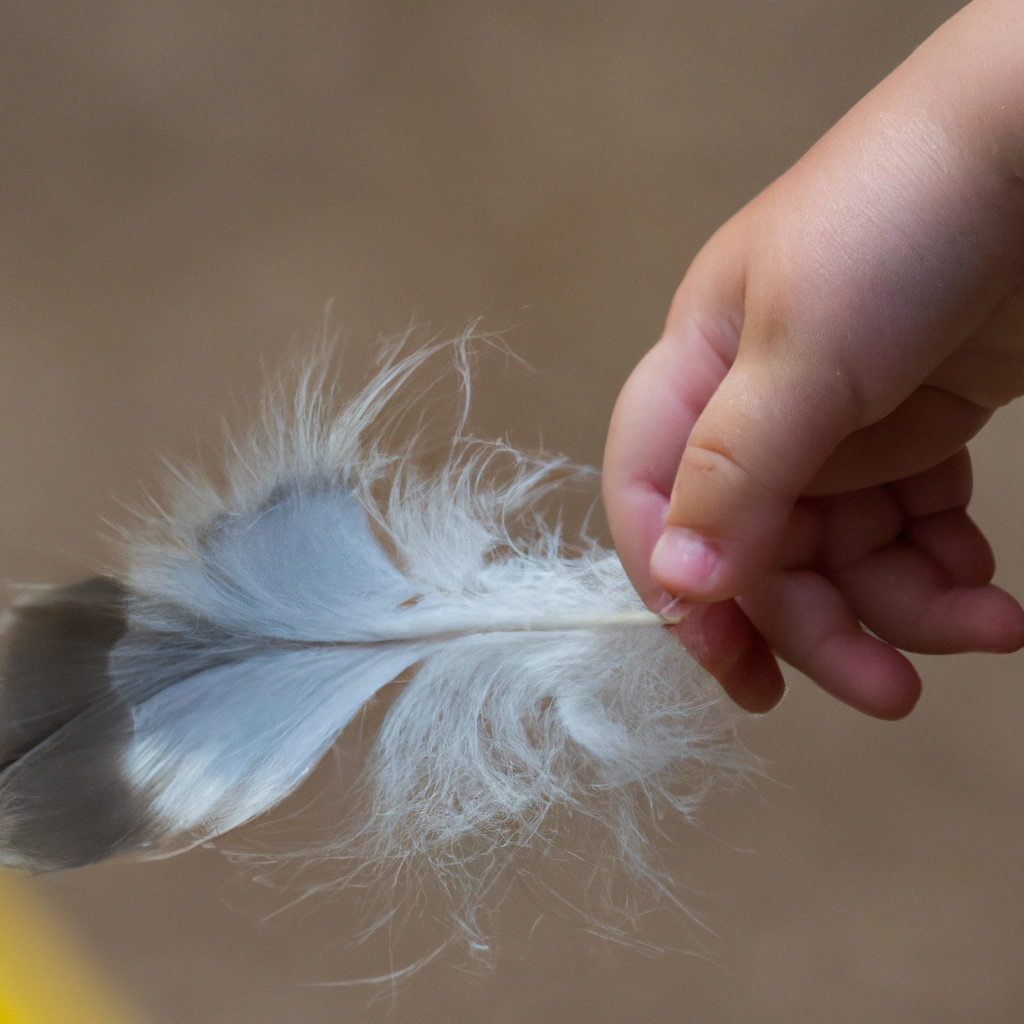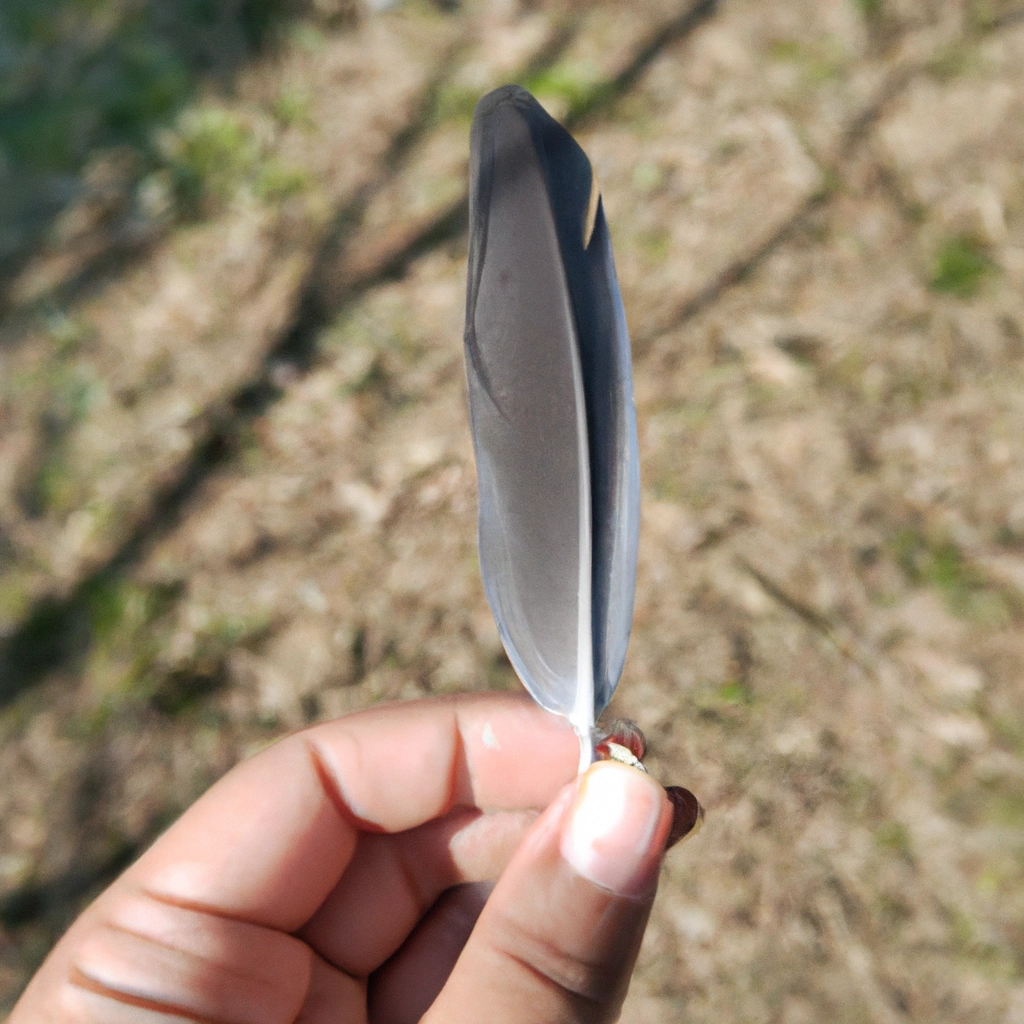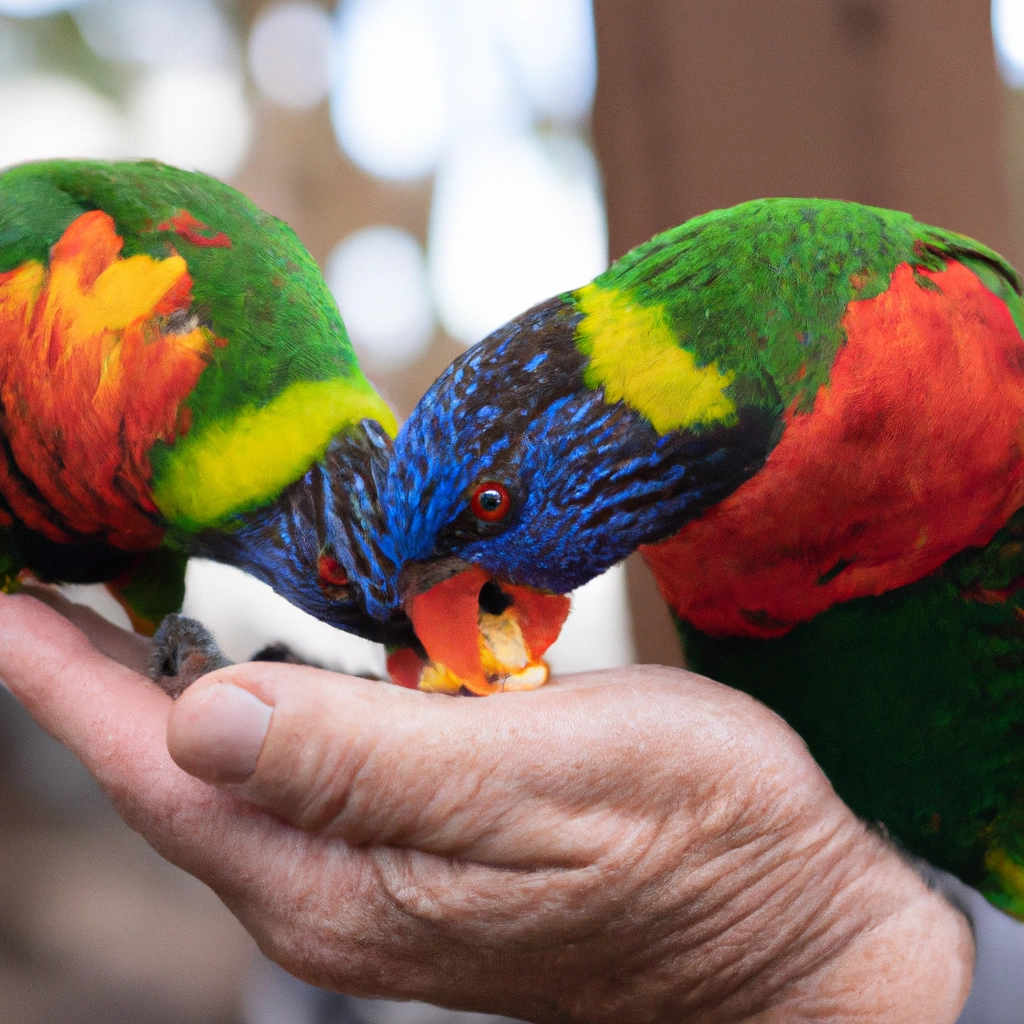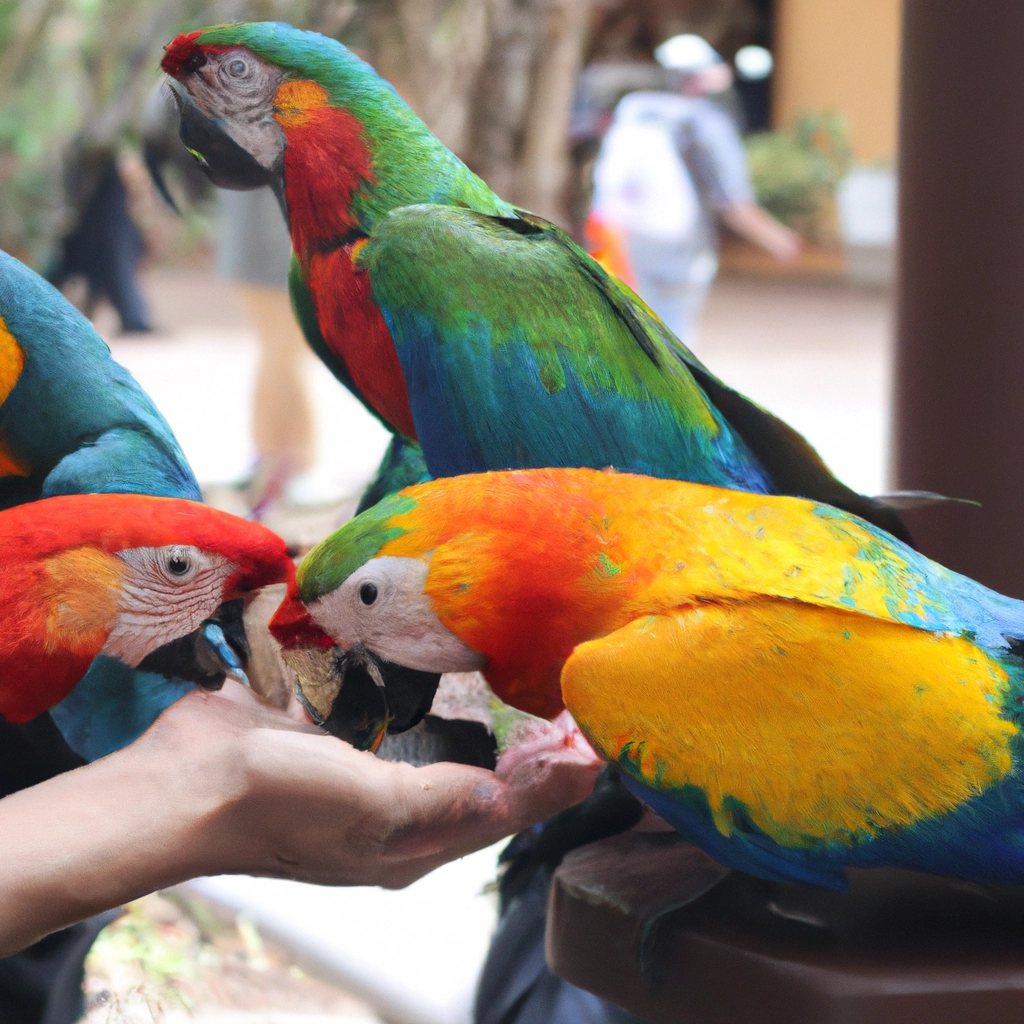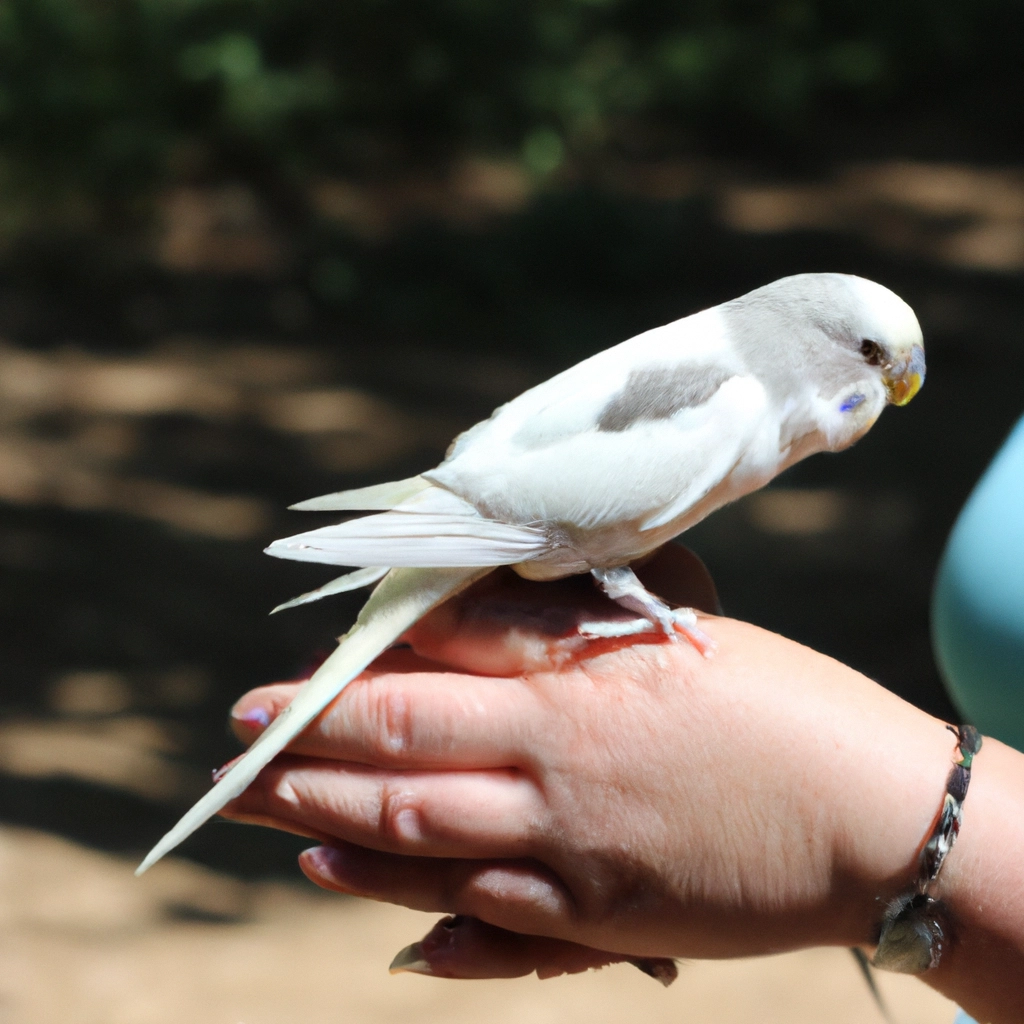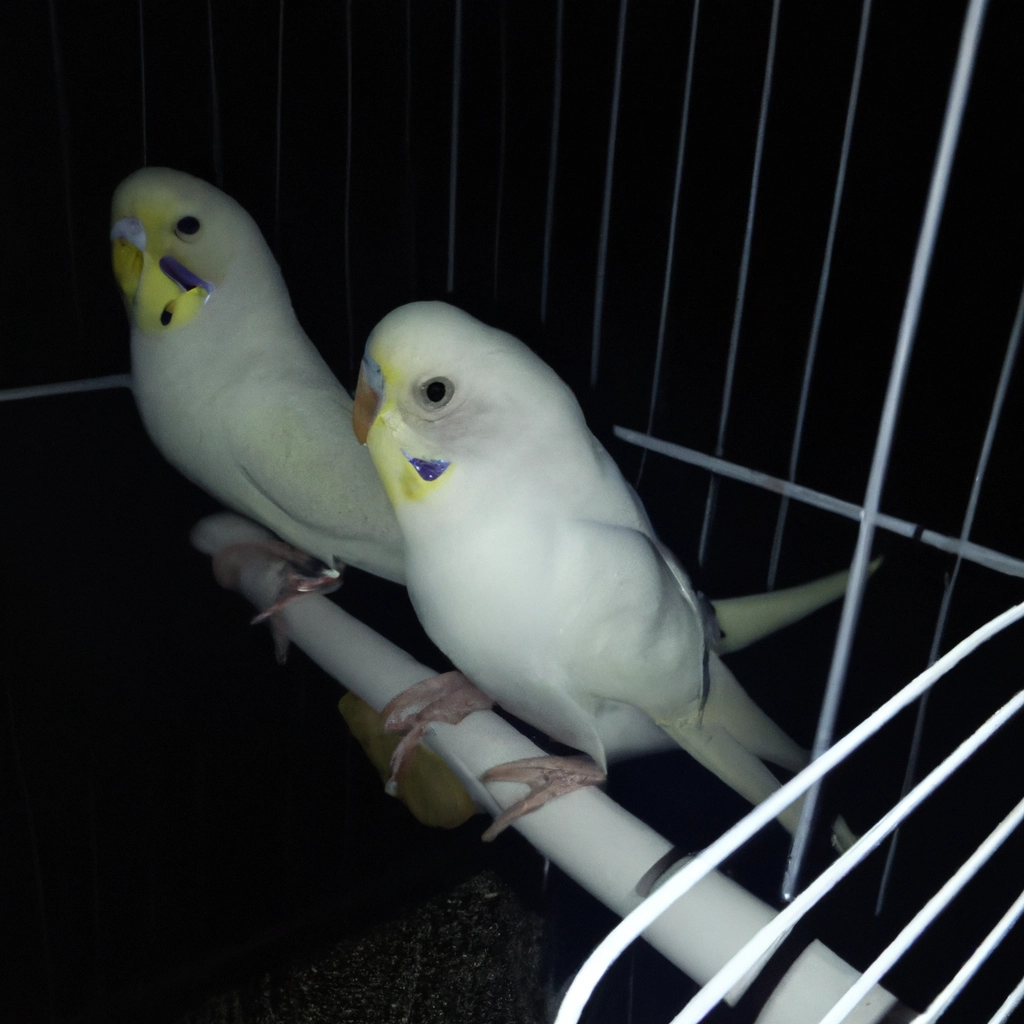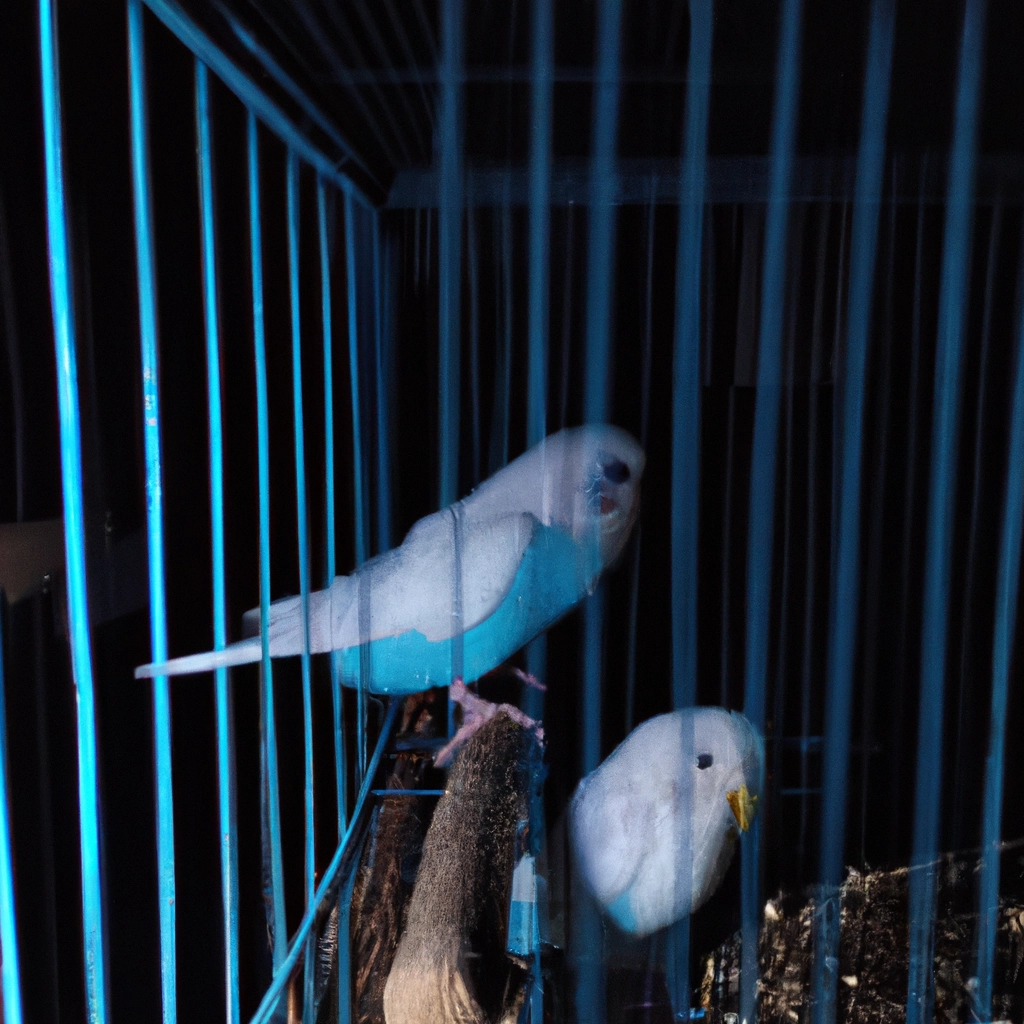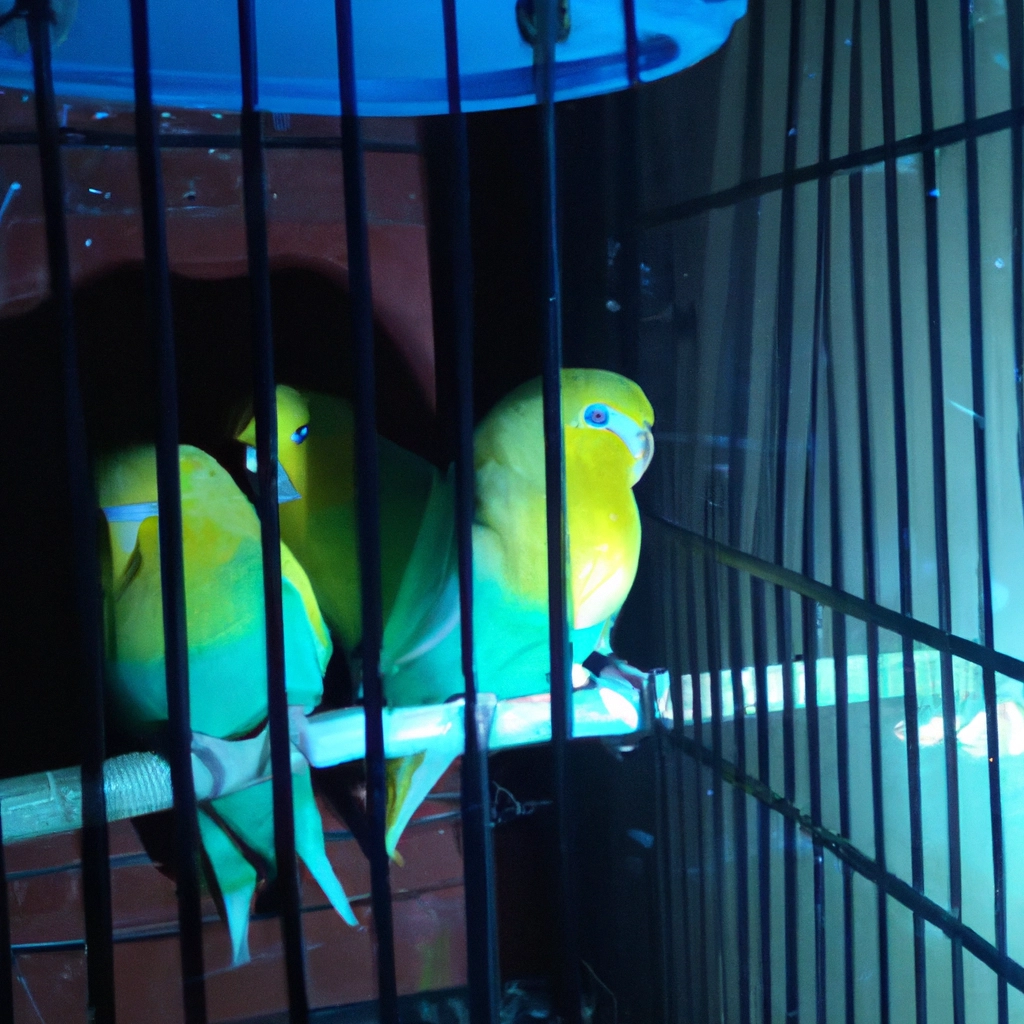| Technique | Effect |
|---|---|
| Provide a variety of perches and toys | Stimulates mental activity and reduces boredom |
| Offer nutritional food and treats | Improves physical health and overall well-being |
| Ensure access to natural light | Regulates sleep patterns and boosts mood |
| Engage in positive social interaction | Reduces feelings of loneliness and isolation |
| Provide a safe and comfortable living environment | Creates a sense of security and reduces stress |
Encountering a bird that seemed down in the dumps truly tugged at my heartstrings. As someone who cherishes the vibrancy and joy birds typically exhibit, noticing a feathered friend in a somber state was disheartening. It set me on a mission: to bring a ray of sunshine into its life and coax back the chirps of happiness. This tale isn’t just about helping a singular being but rather understanding our shared connection with all creatures and the positive influence we can have on them.
The ripple effect of a creature’s blues is powerful and witnessing a bird that’s lost its song can strike a chord with any compassionate soul. I felt a pull to delve deeper, to not only lift its spirits but also to understand what caused its funk in the first place. This led me down a path of discovery, which I’m eager to share with fellow avian enthusiasts.
By extending a hand to this little bird, I embarked on a journey that proved revelatory and deeply fulfilling. Whether it’s in our backyard or a local park, we can all be part of the squadron that swoops in to elevate our avian amigos. Let’s take off on this adventure to brighten a bird’s day!
Understanding the Signs of Depression in Birds
Observing the small lives around us keenly, I spotted telltale signs of a bird bereft of its usual zest. It perched listlessly, its appetite seemingly as low as its mood, and its once melodic voice was unusually silent. It was clear as the sky on a sunny day—this bird wasn’t its perky self. Recognizing these cues is paramount to turning the tide on the bird’s mental state.
Birds, like humans, exhibit mood downturns in varied ways. A slump in energy, a noticeable disinterest in surroundings, or even a change in plumage could signal a need for intervention. Who knew that birds could mirror our own emotional complexity? I certainly was in for an eye-opener and perhaps you are too.
Acknowledging these signs empowers anyone with a heart for our feathered friends to step in and make a difference. It’s not about being an expert; it’s about being observant and caring enough to notice when a winged companion doesn’t soar as high. That’s the first step towards nurturing them back to their jubilant selves.
Creating a Comforting Environment
A tender touch goes a long way, and it starts with crafting a cozy nook—like tailoring a suit that perfectly fits. A sunbeam to bask in, a breath of fresh air, and a meticulously clean habitat become the trinity of comfort for our avian pals. I took to refreshing their spaces like tidying a cherished nest.
In my stalwart effort to spread comfort, it soon became evident how crucial a sense of community is. A lone bird, much like a solitary soul, yearns for interaction. Introducing a feathered friend or simply being present could be the catalyst for their newfound cheer. It’s an ode to companionship, one that speaks volumes without uttering a word.
In this chorus of caring, we can delight in their recovery and bask in their revitalized gusto. Sprucing up their world not only reflects our inner warmth but also reaffirms our devotion to giving every little life a chance to dance again under the sky’s grand stage.
Engaging in Interactive Activities
The energy between us and our bird buddies is a two-way street. I found myself immersed in playing hide-and-seek with treats, singing duets to the latest tunes, and exchanging stories like old friends. It was about igniting a spark that could kindle the flames of their fading spirits.
Mental exercise is a mighty elixir for the downtrodden beak. I devised games that sparked curiosity and fashioned toys that beckoned to their playful nature. It was like watching gray clouds part to reveal a glimpse of blue sky—the transformation was heartwarming.
So, roll up your sleeves and get creative! Together, we’re scriptwriters for our feathered confidants, crafting tales of triumph over the blues. These engagements are simple gestures that symbolize our bond and reaffirm a shared desire to see them soar.
Seeking Professional Help if Needed
Sometimes, a helping hand needs another hand, and recognizing this is the heart of responsibility. It was in a moment of quiet reflection that I conceded—a vet with avian savvy could offer the expertise this little bird needed to flap back to form. Taking that step exemplified not defeat but deep compassion.
Consulting a professional is not merely seeking advice; it is an act of profound love, ensuring our friends with wings receive what’s beyond our remedy. Their guidance was a lighthouse guiding the way through troubled waters—the difference between floundering and flourishing.
Seeing the bird’s gradual resurgence with expert support was a sobering reminder that it takes a flock to fly high. Every action, every decision made from a place of care, adds up—it’s the arithmetic of compassion.
Conclusion
In the end, our journey with the forlorn flier becomes a tapestry of emotions, woven with threads of empathy, care, and joy. It’s a narrative that binds us, teaching the greater lesson of kinship with all that graces this earth.
Extending kindness to those in need, especially our avian allies, is not just noble but necessary. The satisfaction that comes from witnessing their ascent to serenity and songfulness is priceless—a testament to the profound impact we carry as guardians of all life.
Through these acts, big and small, we draw a map for others to follow—a route marked by love, a destination filled with the sweet tweets of happiness. And, this journey with our feathered minions, isn’t it just the most heart-lifting flight of all?
